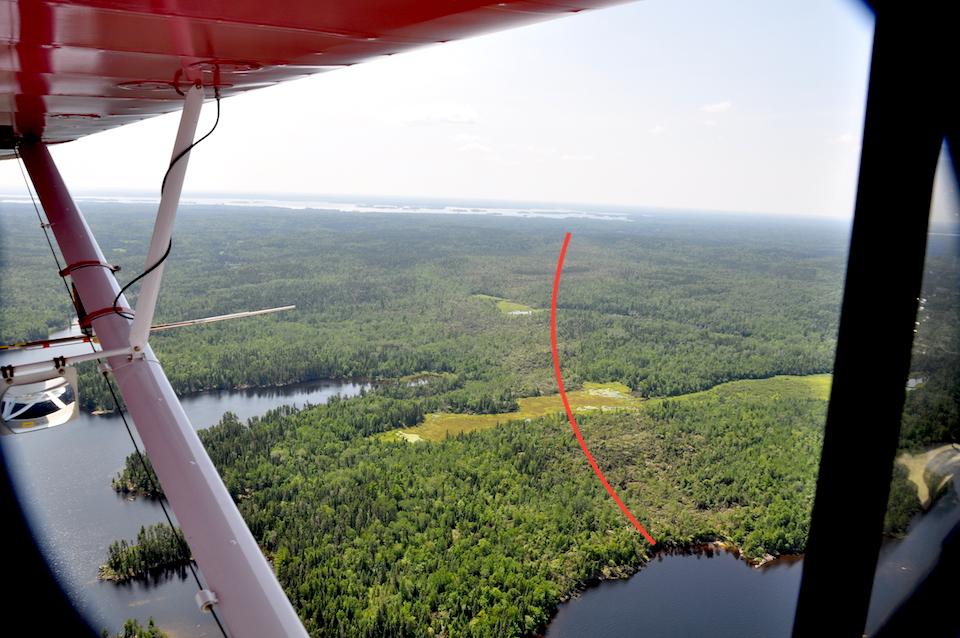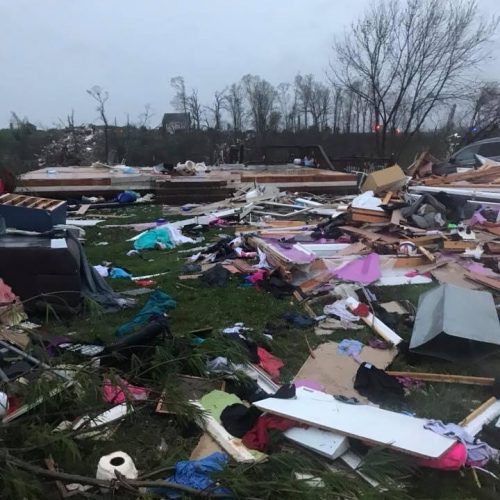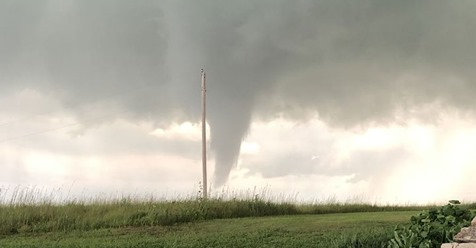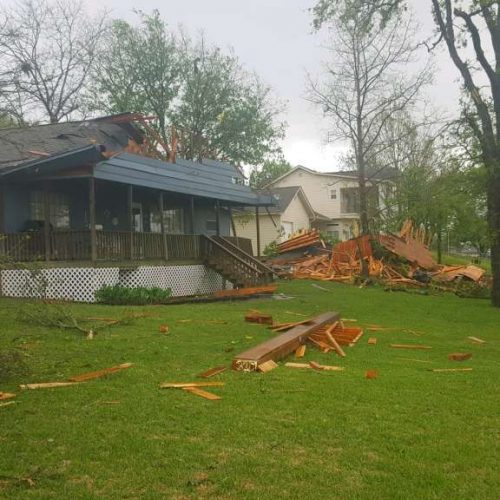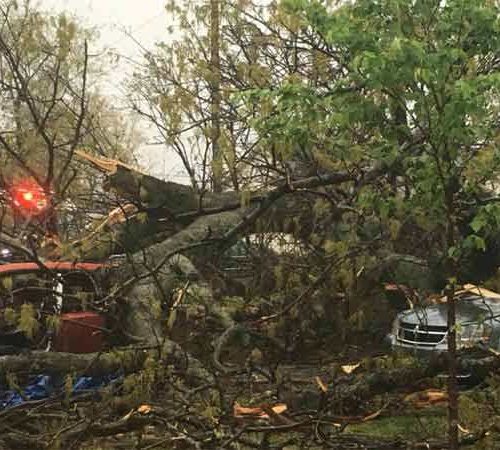Tornadoes are commonplace in the Midwest, routinely showing up in Oklahoma, Kansas, Nebraska and eastern Wyoming and Colorado. When one touched down in Voyageurs National Park earlier this month, though, it raised the question of whether a change in extreme weather events is coming to the northern Minnesota park.
“We are seeing more extreme weather events in our area, often accompanied with high rainfall amounts in summer storms,” said Steve Windels, a wildlife biologist at Voyageurs. “We’re not sure if this also means a higher likelihood of things like tornados in our future.”
The twister, the first reported to have touched down in the park’s 44-year history, arrived with a strong cell of thunderstorms about 8 p.m. on July 17. Park staff reported Wednesday that the tornado touched down in the park’s Kabetogama Peninsula and caused significant forest damage along an approximately 2.5-to-3.5-mile-long, 200-to-600-yard-wide path between Locator Lake and Marion Bay on Rainy Lake. The National Weather Service office in Duluth, Minnesota, estimated the wind storm as a moderate EF-1 strength tornado with maximum winds of 100 mph.
Aerial reconnaissance on July 24 confirmed the extent of this extreme weather event. Straight-line wind events that resulted in downed trees are more common in the northern part of Minnesota, with the most noteworthy such event being the 1999 blowdown event in the Boundary Waters Canoe Area Wilderness that flattened nearly 500,000 acres of trees, a park release said.
“Wind and fire are among the natural forces that shape our forests,” said Windels. “Even though this particular tornado only affected less than 500 acres of trees, it will result in the regeneration of young forest which is important habitat for species such as moose, forest grouse, songbirds, and other wildlife.”
Most of the downed trees occurred in aspen-dominated stands or within a black spruce bog, and the likelihood of future fires related to this event is low or will be of a minor scale, according to fire management officials at the national park.
Voyageurs staff are working with forest ecologists in the National Park Service’s Inventory and Monitoring Network based out of Ashland, Wisconsin, to learn more about this rare natural phenomenon. They have requested higher resolution satellite imagery of the area to better quantify and map the affected area. The continued monitoring of the location, size, and severity of these disturbances will provide insight into what the disturbance regime in the future may look like.
Most of the damage that occurred is within proposed wilderness for Voyageurs National Park where few visitors ever venture, but a portion of the Locator Lake trail and a few houseboat mooring sites on Marion Bay in Rainy Lake were affected. Downed trees across the Locator Lake Trail have been cleared and the trail is open for use. The Marion Bay West (R41) designated houseboat site continues to be closed due to the number of trees down in the area. The park hopes to have the site cleared and opened within a few weeks.
by NPT Staff (2019, July 31) National Parks Traveler

